In 2010, Steve Jobs detailed why Apple would not be investing any efforts to make Adobe Flash run on iPad. Rather than agreeing, Apple's competitors seized on Flash as something they could hold up as an exclusive feature that Apple's iOS products lacked. That strategy backfired badly.
Thoughts on Flash, one of Steve Jobs' rare public postings, outlined that Adobe Flash was going to be a technical nightmare on mobile devices and that it would be impossible to support and maintain. Essentially, it ran against the two critical factors Jobs had earlier given for tablet success: they needed to extremely simple to stand apart from regular PCs, and need their tablet-optimized apps to be differentiated from phones.
Apple's competitors instead designed tablets that were everything but simple, and they positioned their tablets to do anything but launch useful tablet-optimized mobile apps. They were optimized for playing movies in 16:9, to run desktop PC software, to run stretched out Android phone apps, to be stylus driven, to provide PC file system access, and at least for a while, they even claimed to run Adobe Flash.
The industry that refused to listen to Thoughts on Flash
The third big insight on tablets that Steve Jobs shared with the industry right as the iPad was about to go on sale was not an unknown secret, but it was taboo to say out loud. Jobs could have silently maintained Apple's strategic decision to ignore Flash on iOS without articulating why— as it had been on iPhone for three years— or could have pretended the issue did not even exist. Instead, Jobs laid it out in the open: Adobe Flash was garbage, and while Apple had to suffer through it a bit longer on the Mac, there was no way Jobs was going to support Flash on iOS, for sound technical reasons.
Jobs effectively wrote a warning to the industry in his public letter "Thoughts on Flash." It clearly articulated why Flash would be no good on mobile devices. Jobs tore Flash apart, detailing just how bad its design was for battery efficiency, for security, and for working in a touch-based tablet interface as opposed to the mouse-based PC experience where it had originated.
The industry clutched their pearls. Bloggers such as Brian X Chen at Wired wrote that Apple's refusal of Flash was really just about control and money. He called Flash a "highly popular platform" and gravely noted that supporting Flash "would just be too dangerous for Apple, a company that enjoys exerting total dominance over its hardware and the software that runs on it."
Chen wrote that if Flash content were playable on the iPad, nobody would bother building native apps for it. But he didn't honestly detail the motives at Wired, which expected to use Flash to deliver its digital magazine on iPad. Its backup plan relied on Adobe porting tools to dump out magazine content as giant images wrapped in the form of an iPad app, resulting in terrible digital magazines that nobody wanted.
That iPad publishing strategy, described by a developer at the time as "very lazy and/or desperate," fueled the sanctimonious, cynical take media that blamed the failure of digital magazines on Jobs. Various bloggers disparaged Jobs and framed his "Thoughts on Flash" as a conniving, false attempt to destroy a viable open standard, despite Flash being neither viable nor an open standard.
It was a popular take at the time. Dan Rayburn, an executive vice president at StreamingMedia.com, ran to his personal blog to scribble up the scathing missive, "Steve Jobs Is Lying About Flash," where he pouted that, "Steve needs to stop trying to make this into a 'technology' issue when this is all about money." Business Insider actually republished his blog post as an article.
Apple pulls the Lynch pin
Jobs spelled out that "Thoughts on Flash" was simply a response to the storm of criticism Adobe had been inciting in response to Apple choosing not to support Flash on iOS. Rather than trying to make enemies and fuel a battle in public, Apple had simply determined that legacy Flash compatibility wasn't worthy of pursuing in mobile devices.
Notably, just three years later, Apple hired Adobe's chief technology officer Kevin Lynch, the very executive who had argued with Jobs in public, at length about the merits of Flash. The idea of Apple hiring a fired-up critic made no sense to many industry observers. Columnist John Gruber called Lynch "a Bozo, a Bad Hire."
However, after becoming Apple's VP of Technology, Lynch spoke to a graduating class.
I've been through a number of challenging situations. One of these was getting into a disagreement several years ago with Steve before I was with Apple. it was not easy and I didn't win the argument, but something surprising happened.Steve got to know me better and asked me to work with him. I felt I couldn't join at the time, but he left the door open. Later, he tragically passed away. I couldn't stop thinking of our conversations and am so happy I did join Apple, and have been giving my all since.
I did this with a leap of faith, not knowing exactly what we would build, but that I'd be working with the truly amazing team at Apple. My first day I learned the mission was to create the Apple Watch, and that we had a lot of work to do. It has been a series of incredible engineering and design challenges since.
Lynch had extensive experience in user interface design, ranging from work at General Magic — a mobile computing company Apple spun off in 1990 to focus its efforts on the Newton Message Pad — to the development of a series of major Mac apps at Frame, Macromedia and Adobe. Apple could see the value in Lynch that was entirely separate from the problems of Flash as a technology. The tech media could only see a dramatic battle of personalities, with many assuming in alignment with their biases that either Jobs was a threatened liar or that Lynch was an incompetent fool.
Instead, Jobs was being sincere, and Lynch was simply doing his job. Rather than following bloggers' advice that either insisted that Apple should adopt Flash or should maintain a perpetual war with Adobe, Apple integrated Adobe's talent and let Flash wind itself down.
All the companies that supported Flash in dramatic defiance of Jobs— the real petty squabble playing out to the delight of the tech media— were unable to make it work. That helped give Apple a lead in tablets as well as putting Lynch to work on the next big thing: wearables.
What if Apple had integrated Flash into iOS?
As is often the case in the history of Apple, we can explore the result of an alternative timeline in Apple's strategy by looking at Google. While Apple was saying no to Flash, Android's head architect Andy Rubin rushed out to tell the New York Times that "full support for Adobe's Flash standard was coming in the next version of Android."
Rubin added that being open "means not being militant about the things consumers are actually enjoying." Google pushed ahead in full defiance of Jobs by making Flash a huge part of Android's tablet strategy, integrating Flash deep into its web browser and OS.
Yet despite all of the development efforts invested into it, Flash never really got to the point of working well on Android. It was becoming pretty clear that Flash wasn't even any good on desktop PCs, opening up ugly security issues, chowing through battery even on laptops, and constantly crashing despite incessant updates trying to fix it. Jobs was right, Flash was just bad technology, especially headed into the mobile device world.
Google hadn't just made a marketing mistake. Rubin had added "full support" for Flash in Android. His extraordinarily fierce effort to prove Jobs wrong continued to plague Android with serious security issues that often could be traced directly to his desperate embrace of Flash. Google would end up needing to spend significant resources to extract all the remains of Flash out of its OS for years, time it could have spent doing innovative new things.
Rubin was deep into establishing that apart from copying iOS at the very beginning, his vision for Android was simply garbage. From Google TV to Honeycomb to permissively sideloading apps to supporting any hardware with a "run anywhere" design so flexible that it wasn't optimized for anything, Android was defining itself as simply a pile of bad ideas that were often poorly implemented.
In particular, Rubin's arrogantly naive Flash episode severely tarnished Android's reputation in the enterprise. That was particularly bad timing because companies were newly opening up to "bring your own device" policies and starting to support mobile users with new custom corporate apps as well as public customer-facing apps. Increasingly, these were delivered as iOS native apps. Companies quickly backed away from support for Flash because it was difficult to maintain and they couldn't reach their most valuable customers with It anymore.
To Flash or Not To Flash
Legacy mobile devices such as Nokia's S60/Symbian and Microsoft's Windows Mobile had long supported a minimal version of Flash called Flash Lite. Moving forward into the new decade, mobile platforms were working to radically modernize their platforms to make them competitive with iOS. That forced them to chose whether they would try to bring Adobe's own evolving Flash platform into their future designs.
Jobs had earlier dismissed Flash Lite in 2008, saying that it "is not capable of being used with the web," meaning it couldn't playback content developed for the desktop web browsers, while adding that the full desktop Flash runtime "performs too slow to be useful" on an iPhone.
Like Rubin's Android, RIM also went all-in on integrating the new Flash 10— and Adobe's "AIR" runtime for building entire applications using Flash development tools— as core elements of its new Blackberry X OS and PlayBook tablet strategy. At least part of this strategy hoped to frame Jobs' opposition to Flash as a negative for iPad. RIM also lacked a substantial app development platform of its own, as BlackBerry 10 was built largely upon Apple's WebKit, similar to HP's webOS.
Microsoft similarly set itself apart from iOS by promoting its Adobe Flash integration on Windows Tablet PCs. But despite its supposed importance, Flash couldn't attract enough customers to Microsoft's tablet platform to keep it alive. Unlike Android and RIM, Microsoft didn't have to do anything to get Flash to work on its Windows Tablet PCs. Flash had worked on desktop PCs and Macs for years as a web browser plugin.
That wasn't going to be enough for emerging new mobile platforms, however, which would have to make an engineering choice. New mobile tablet platforms would either have to try to make Flash work well on emerging, touch-based mobile tablet devices, or leave it out intentionally following the strategy Jobs outlined for iPad.
Microsoft deliberated whether to support Flash on Windows Phone 7, suggesting that it would. For its emerging new tablets, Microsoft was faced with the choice of again delivering another "full PC" with some mobile trappings, or creating a new tablet experience the way Apple had with iPad. Microsoft made the bold choice of straddling the line.
Microsoft struggles with ARM below the Surface
The idea of delivering a mobile "almost PC" had repeatedly failed before for Microsoft across waves of WinCE Handheld PCs, Origami Tablet PCs, and various other rewarmings of Bill Gates' original, incorrect idea of what a tablet would be valuable for. A mouse, a stylus, a Windows desktop, and everything Microsoft had copied from Apple about how to make a graphical desktop system would not end up making a good mobile device.
This time around, Microsoft wanted to prove that it wasn't just copying Apple's ideas and could come up with good product strategies on its own. In response to Apple's iPad, now three years late, Microsoft unveiled its own new modern tablet strategy in the summer of 2012: Surface, which looked like an iPad running Windows.
After so many repeated failures in trying to sell x86 Windows Tablet PCs, Microsoft decided that the problem wasn't Windows but rather Intel. So it spent two years porting its Windows Tablet platform to ARM, delivering its Surface RT running on the same Tegra 3 chip as Google's Nexus 7 Android tablet.
Rather than integrating Flash deeply into its OS, Microsoft carried forward the Flash plugin for its Surface Internet Browser, but then selectively whitelisted only a few sites where it would work. That created the illusion of Flash support in some places while containing Flash from being an ongoing, uncontrollable problem. Like Apple's iPad, Microsoft preferred that its tablet users would adopt native apps custom optimized for the new hardware platform it was selling.
But while Surface RT looked like Windows, it couldn't run Windows titles as Windows users naturally expected. Microsoft had assumed that its Windows developers would rush to embrace Windows RT with specialized versions of their apps running on ARM. But without an installed base of users, there was no demand for RT software. It wasn't the Windows brand that had been selling x86 PCs, it was the installed base. There was no installed base of Windows RT.
Back in 2007, Apple sold iPhones for most of a year before opening the iPhone App Store. When it did open, Apple had an installed base of nearly 4 million iPhone users who were ready to buy simple apps. In 2013, Microsoft's Surface RT launched with a threadbare selection of RT apps, but its first fiscal year of sales ended up being lower than the marketing budget for Surface— it only sold around one million units.
Unlike the iPhone, which had little effective competition in its first year, Surface was being launched as the iPad entered its third year. Apple sold 57 million iPads as Microsoft struggled to distribute 1 million Surface tablets. Professional developers had little incentive to build ARM software for Surface, but had a compelling interest in reaching Apple's installed base of tablet users, already reaching above 150 million.
Apple turned the tablets in PC economies of scale
Again, the licensed platform of Windows had only been successful in the 1990s because it was able to develop an installed base vastly larger than Apple's. But Apple was now moving so fast that Microsoft needed to do more than just slowly roll out a strategy three years late.
In just its first three years of iPad, Apple upended the market for mobile computing, establishing a significant installed base of tablet users next to its very large base of iPhone users. Samsung and Google's other Android licensees were offering a wide range of tablets, but none of these offered an app platform and their unit shipments didn't materialize into an installed base of active users. Sales of RIM's PlayBook, HP's webOS, and Microsoft's Surface were all too small to attract real attention.
Even more importantly, Apple was leveraging its profitable sales of iPhone and iPad to help fund upcoming generations of new silicon technology that would radically extend its lead in mobile device sophistication as its silicon competition began to collapse. This would make it vastly more difficult for any new software platform to remain competitive. The next segment will detail how.
 Daniel Eran Dilger
Daniel Eran Dilger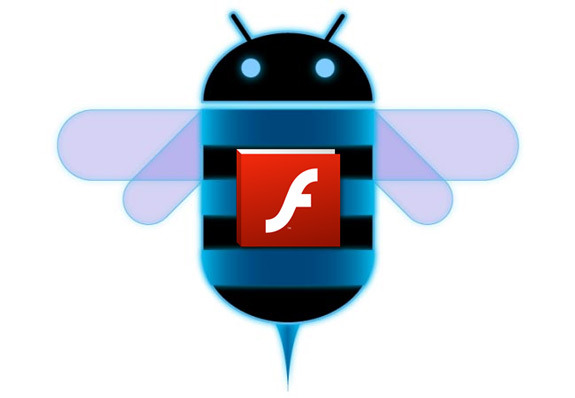
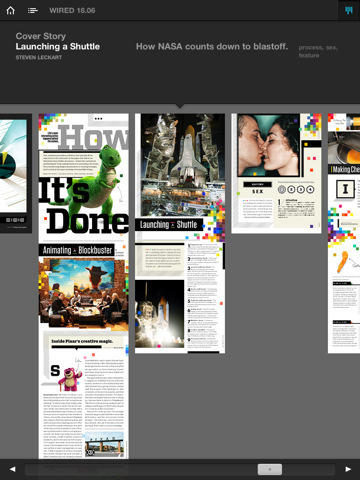
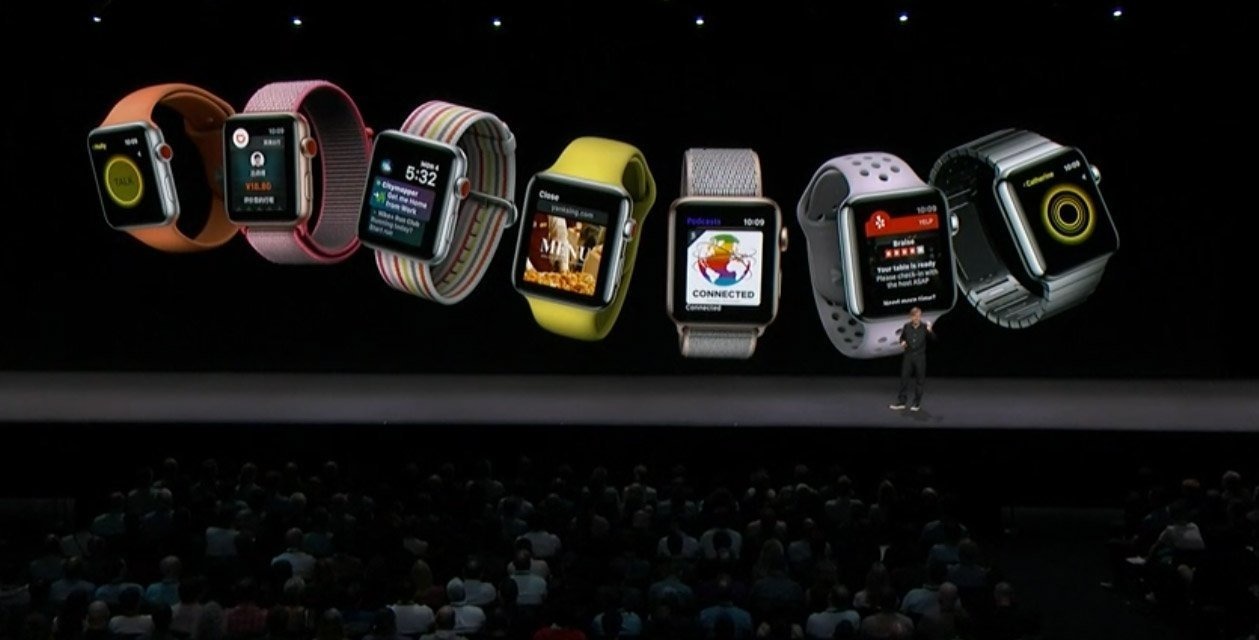
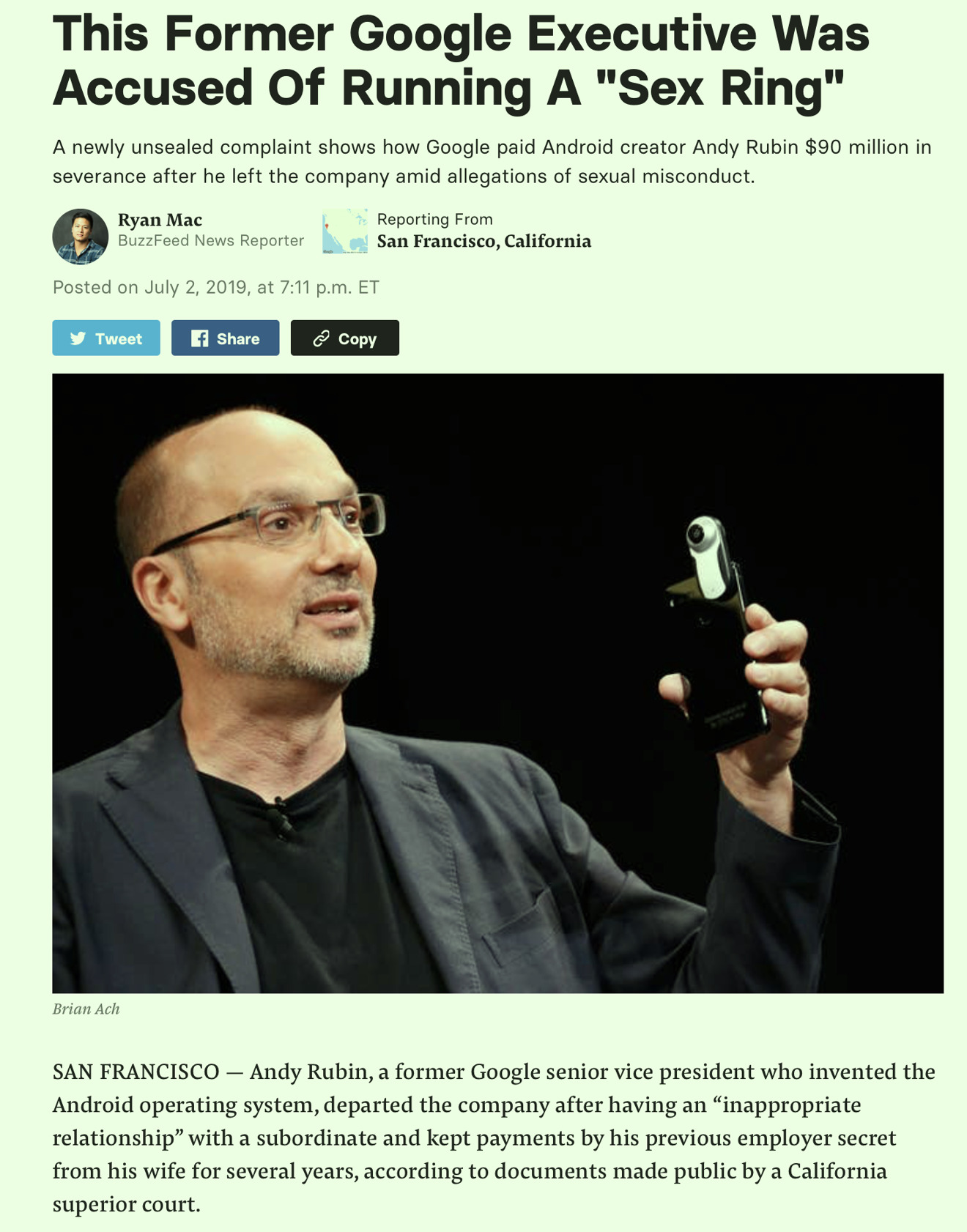
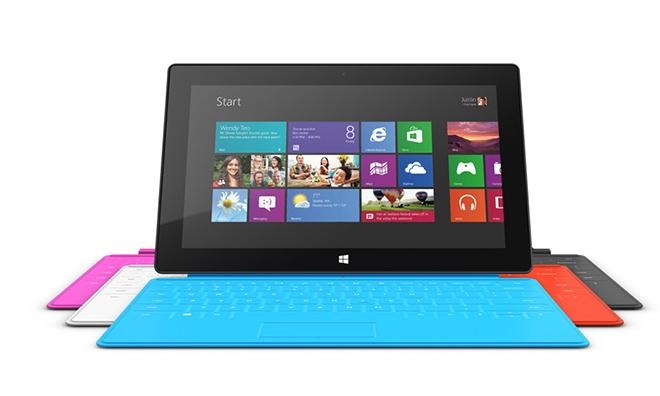







-m.jpg)





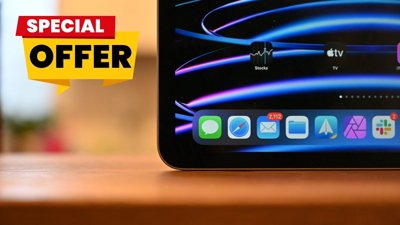
 Christine McKee
Christine McKee
 Malcolm Owen
Malcolm Owen

 Charles Martin
Charles Martin


 Mike Wuerthele
Mike Wuerthele


-m.jpg)






19 Comments
Dropping Flash really was courage and it was one of the best decisions Apple ever made. It has helped the entire computer industry not just the iPad.
Flash was a PITA before Apple took the 'No Flash on IOS' stance. It still is and there are stll sites creating new content with Flash yet Adobe will be pulling the plug at the end of the year. we owe Apple a big thank you for proving that we could get along just fine without Flash.
I remember it well. The mantra went like this,”You cannot get on the “real” internet because the iOS does not support Flash. Apple is doomed.” I have Flash installed on my iMac but turned off. Flash is the only legacy Internet plugin Apple has allowed to remain since Mojave. Why I don't know. In the last couple of years I have not had a single experience in which Flash needed to be turned on to view content on a website. Not a single one. I should get around to deleting it altogether.
As a Flash Developer at the time, it was a shock that Apple decided not to support Flash at the height of its popularity. But looking back, Flash was getting bloated and complex to support on various platforms. We've tried a few un-official hacks and that port Flash on iOS, the performance were horrible. I'm glad I've decided to move away from Flash development back in 2010.